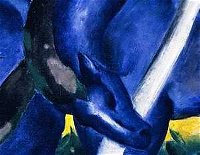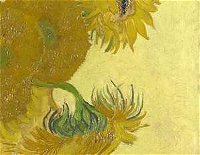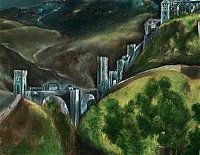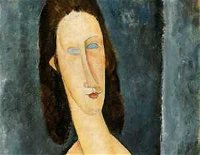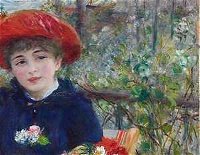
I'm Ready for My Close-Up! (3) Quiz
Close-Ups of Famous Paintings
Zoom on in to these ten famous works of art, and see if you can identify what painter is responsible for each of these painting close-ups.
by trident.
Estimated time: 3 mins.
- Home
- »
- Quizzes
- »
- Humanities Trivia
- »
- Art






